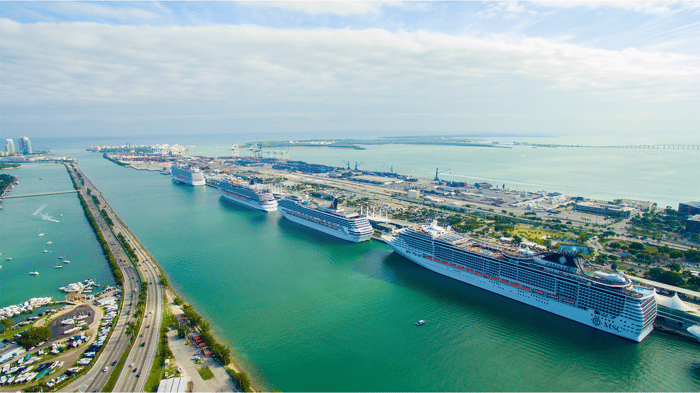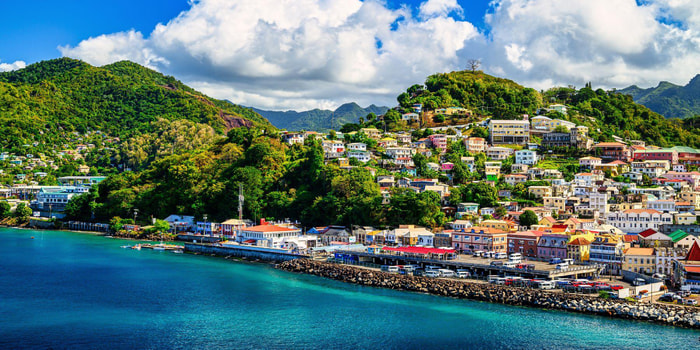Panama Canal: Costa Rica & Dominican Republic

Your dream holiday awaits on Norwegian Jade. Sail on a Mediterranean cruise and explore castles, cathedrals, romantic islands, and sophisticated cities. Witness scenery on an Africa cruise as wild and diverse as the creatures that freely roam.
Founded in 1966, Miami-based Norwegian Cruise Line (NCL), part of global cruise company Norwegian Cruise Line Holdings (which also owns Oceania Cruises and Regent Seven Seas Cruises), is the third-largest cruise line in the world in terms of cruise passengers. NCL has become well-known for its colourful ships featuring a pop-icon style painted hull.















Your dream holiday awaits on Norwegian Jade. Sail on a Mediterranean cruise and explore castles, cathedrals, romantic islands, and sophisticated cities. Witness scenery on an Africa cruise as wild and diverse as the creatures that freely roam.
